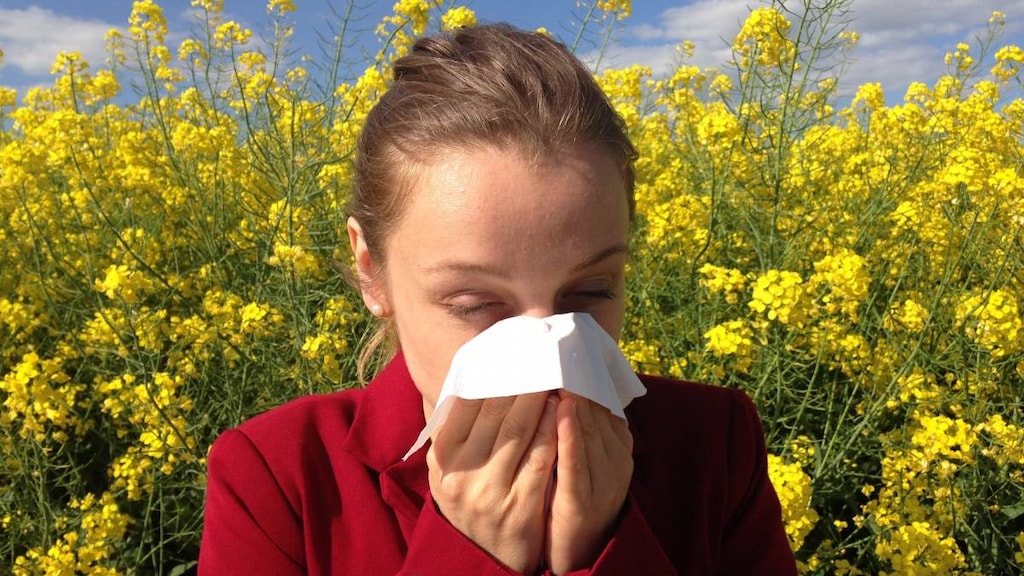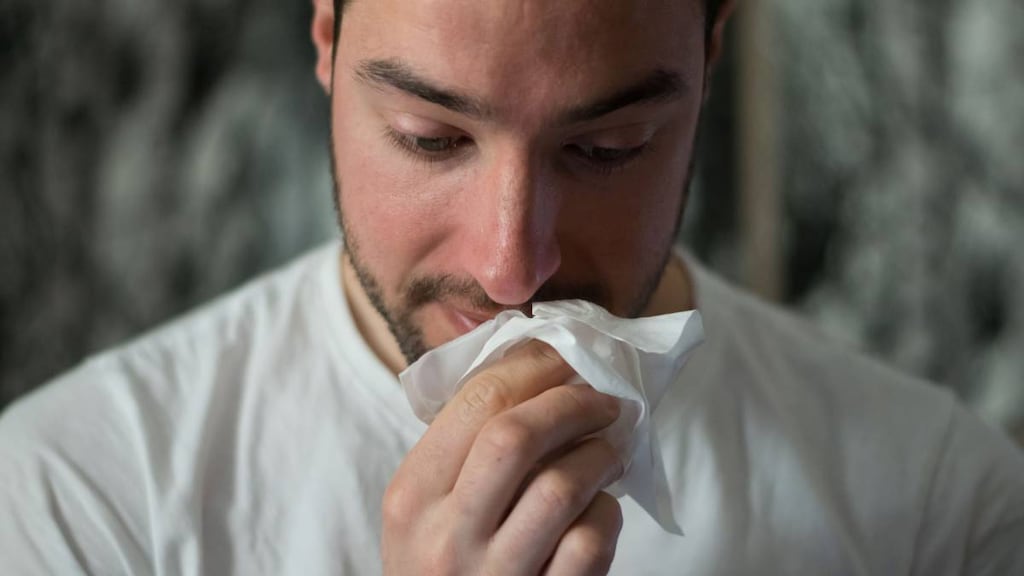Dosage Forms
Excipient information presented when available (limited, particularly for generics); consult specific product labeling.
Solution, Ophthalmic:
Pataday: 0.2% (2.5 mL) [contains benzalkonium chloride, edetate disodium]
Patanol: 0.1% (5 mL) [contains benzalkonium chloride]
Pazeo: 0.7% (2.5 mL) [contains benzalkonium chloride]
Generic: 0.1% (5 mL); 0.2% (2.5 mL)
Pharmacology
Mechanism of Action
Selective histamine H1-antagonist; inhibits release of histamine from mast cells. Inhibits histamine induced effects on conjunctival epithelial cells.
Pharmacokinetics/Pharmacodynamics
Absorption
Low systemic absorption
Metabolism
Not extensively metabolized
Excretion
Urine (60% to 70%, mostly as unchanged drug); feces (17%)
Half-Life Elimination
~3 hours
Protein Binding
~55% (primarily albumin)
Use: Labeled Indications
Allergic conjunctivitis: Treatment of ocular itching associated with allergic conjunctivitis
Contraindications
Patanol: Hypersensitivity to olopatadine hydrochloride or any component of the formulation.
Pataday, Pazeo: There are no contraindications listed in the manufacturer's labeling.
Canadian labeling (Pataday, Pazeo): Additional contraindications (not in the US labeling): Hypersensitivity to olopatadine or any component of the formulation.
Dosage and Administration
Dosing: Adult
Allergic conjunctivitis: Ophthalmic:
Pataday, Pazeo: Instill 1 drop into each affected eye once daily
Patanol: Instill 1 drop into each affected eye twice daily (allowing 6 to 8 hours between doses)
Dosing: Geriatric
Refer to adult dosing.
Dosing: Pediatric
Allergic conjunctivitis: Ophthalmic:
Pataday, Pazeo: Children ≥2 years and Adolescents: Refer to adult dosing.
Patanol: Children ≥3 years and Adolescents: Refer to adult dosing.
Administration
For topical ophthalmic use only. Wash hands prior to use. Do not touch tip of container to eye. After instilling drops, wait at least 5 to 10 minutes before inserting contact lenses. Do not insert contacts if eyes are red.
Storage
Store at 2°C to 25°C (36°F to 77°F).
Drug Interactions
There are no known significant interactions.
Adverse Reactions
Central nervous system: Headache (≤5%)
Gastrointestinal: Dysgeusia (2% to 5%), nausea (≤5%)
Infection: Cold symptoms (≤10%)
Neuromuscular & skeletal: Back pain (≤5%), weakness (≤5%)
Ocular: Abnormal sensation in eyes (2% to 5%), blurred vision (2% to 5%), dry eye syndrome (2% to 5%), superficial punctate keratitis (2% to 5%), burning sensation of eyes (≤5%), conjunctivitis (≤5%), eyelid edema (≤5%), eye pain (≤5%), eye pruritus (≤5%), foreign body sensation (≤5%), keratitis (≤5%), stinging of eyes (≤5%), hyperemia
Respiratory: Pharyngitis (≤10%), cough (≤5%), rhinitis (≤5%), sinusitis (≤5%)
Miscellaneous: Flu-like symptoms (≤5%), hypersensitivity (≤5%), infection (≤5%)
Warnings/Precautions
Other warnings/precautions:
- Contact lens: Not for use to treat contact lens-related irritation. Solution contains benzalkonium chloride; remove lens prior to administration and wait at least 10 minutes before reinserting. Do not use contact lenses if eyes are red.
Pregnancy
Pregnancy Risk Factor
C
Pregnancy Considerations
Olopatadine has minimal systemic absorption following ophthalmic administration. Systemic absorption would be required in order for olopatadine to cross the placenta and reach the fetus.
Patient Education
What is this drug used for?
- It is used to treat eye irritation due to allergies.
Frequently reported side effects of this drug
- Common cold
- Blurred vision
- Foreign body sensation in eye
- Dry eyes
- Change in taste
- Headache
Other side effects of this drug: Talk with your doctor right away if you have any of these signs of:
- Vision changes
- Eye pain
- Severe eye irritation
- Signs of a significant reaction like wheezing; chest tightness; fever; itching; bad cough; blue skin color; seizures; or swelling of face, lips, tongue, or throat.
Note: This is not a comprehensive list of all side effects. Talk to your doctor if you have questions.
Consumer Information Use and Disclaimer: This information should not be used to decide whether or not to take this medicine or any other medicine. Only the healthcare provider has the knowledge and training to decide which medicines are right for a specific patient. This information does not endorse any medicine as safe, effective, or approved for treating any patient or health condition. This is only a brief summary of general information about this medicine. It does NOT include all information about the possible uses, directions, warnings, precautions, interactions, adverse effects, or risks that may apply to this medicine. This information is not specific medical advice and does not replace information you receive from the healthcare provider. You must talk with the healthcare provider for complete information about the risks and benefits of using this medicine.




